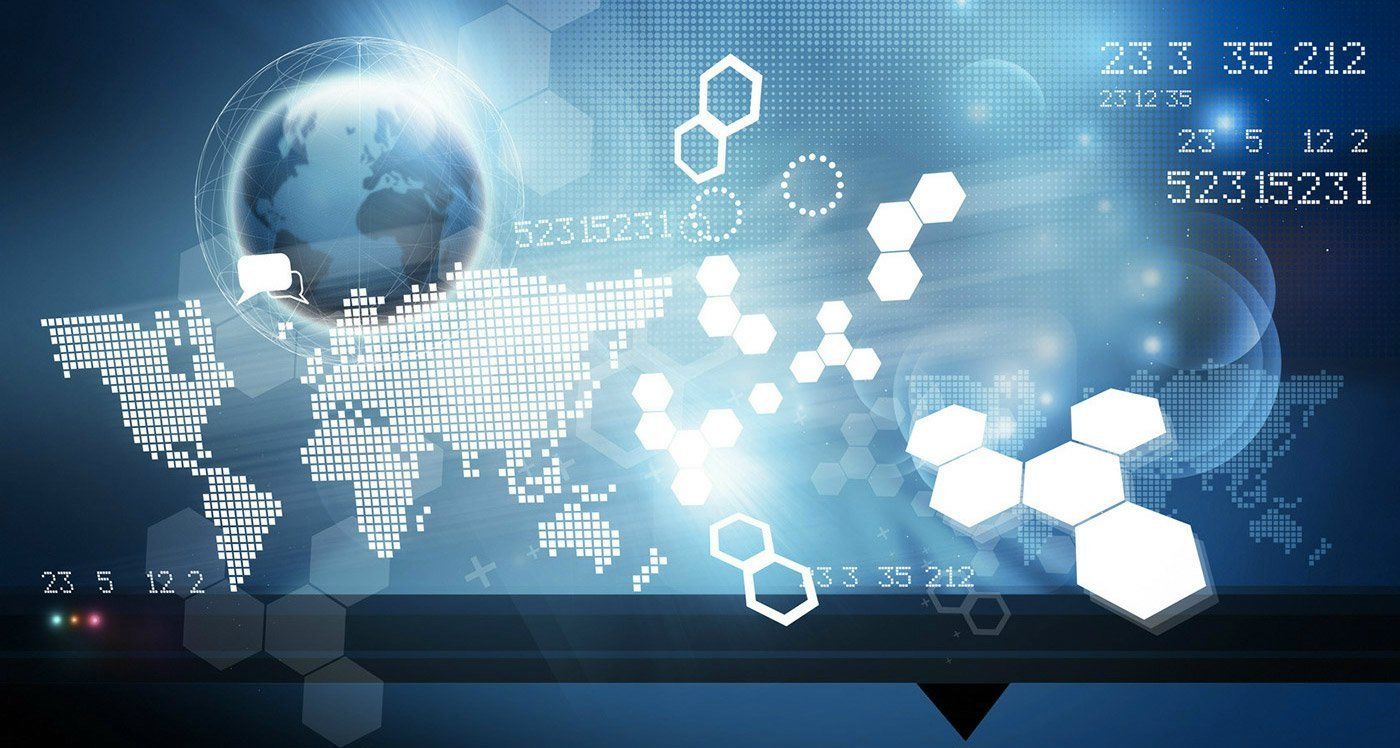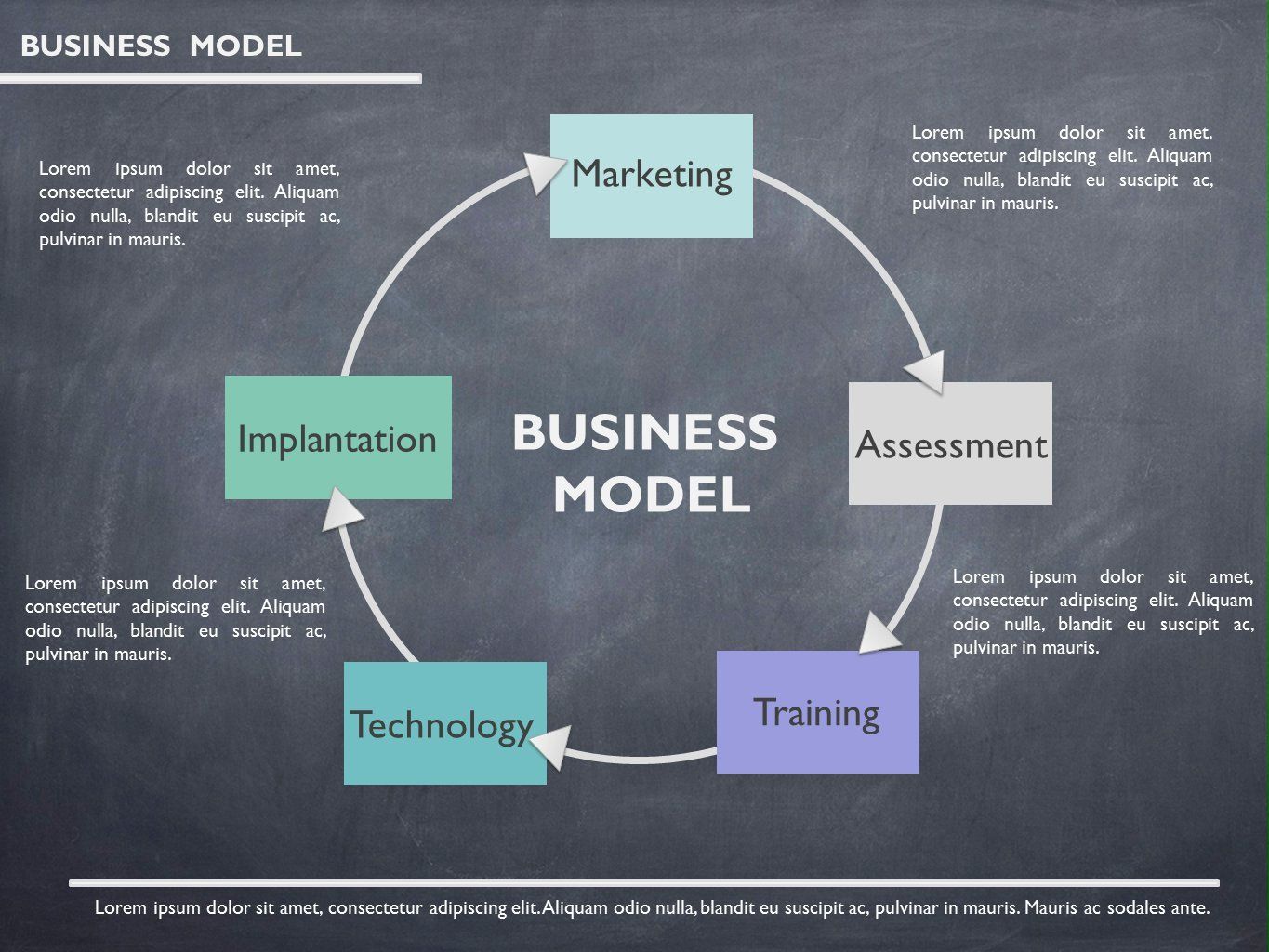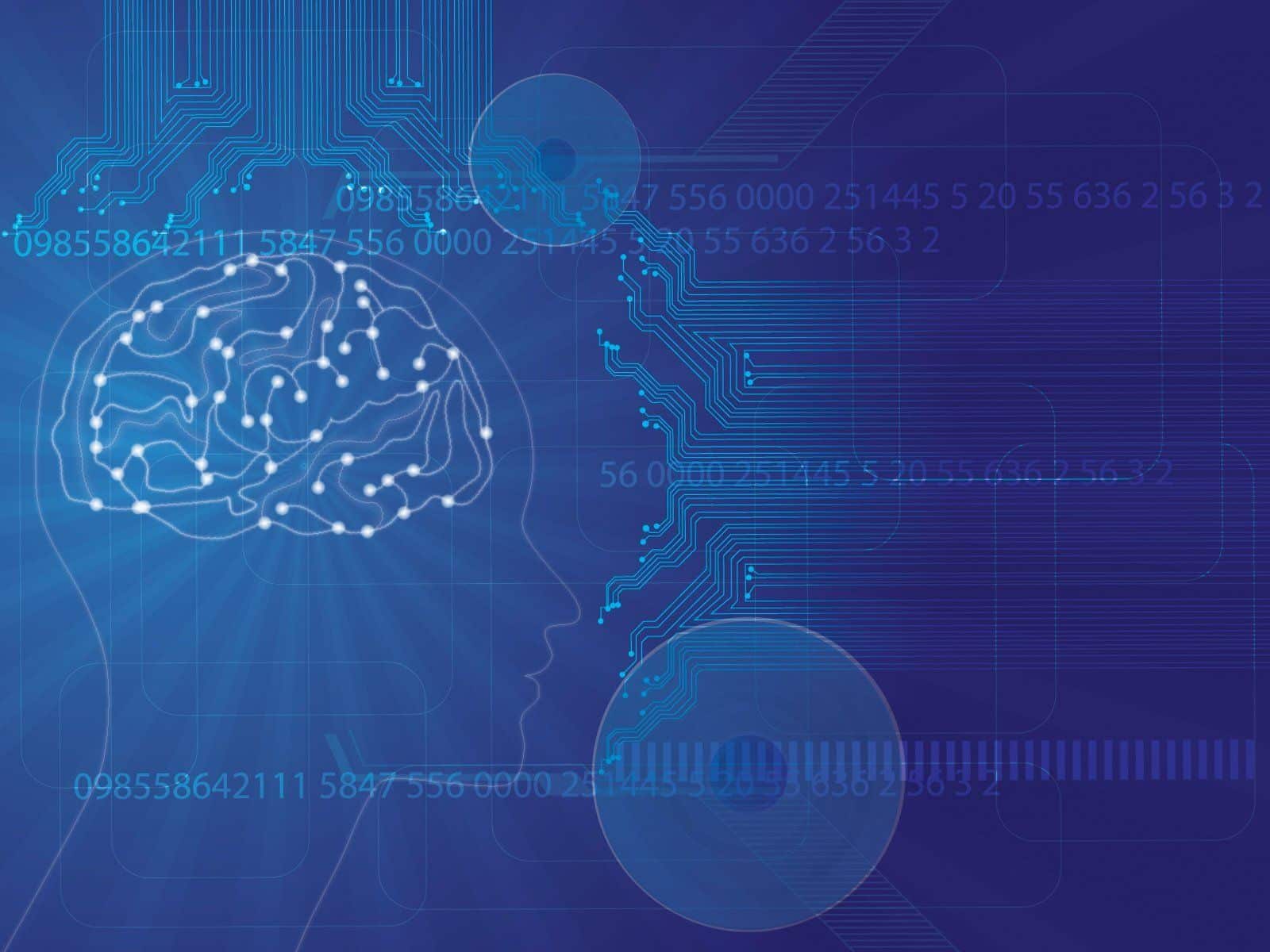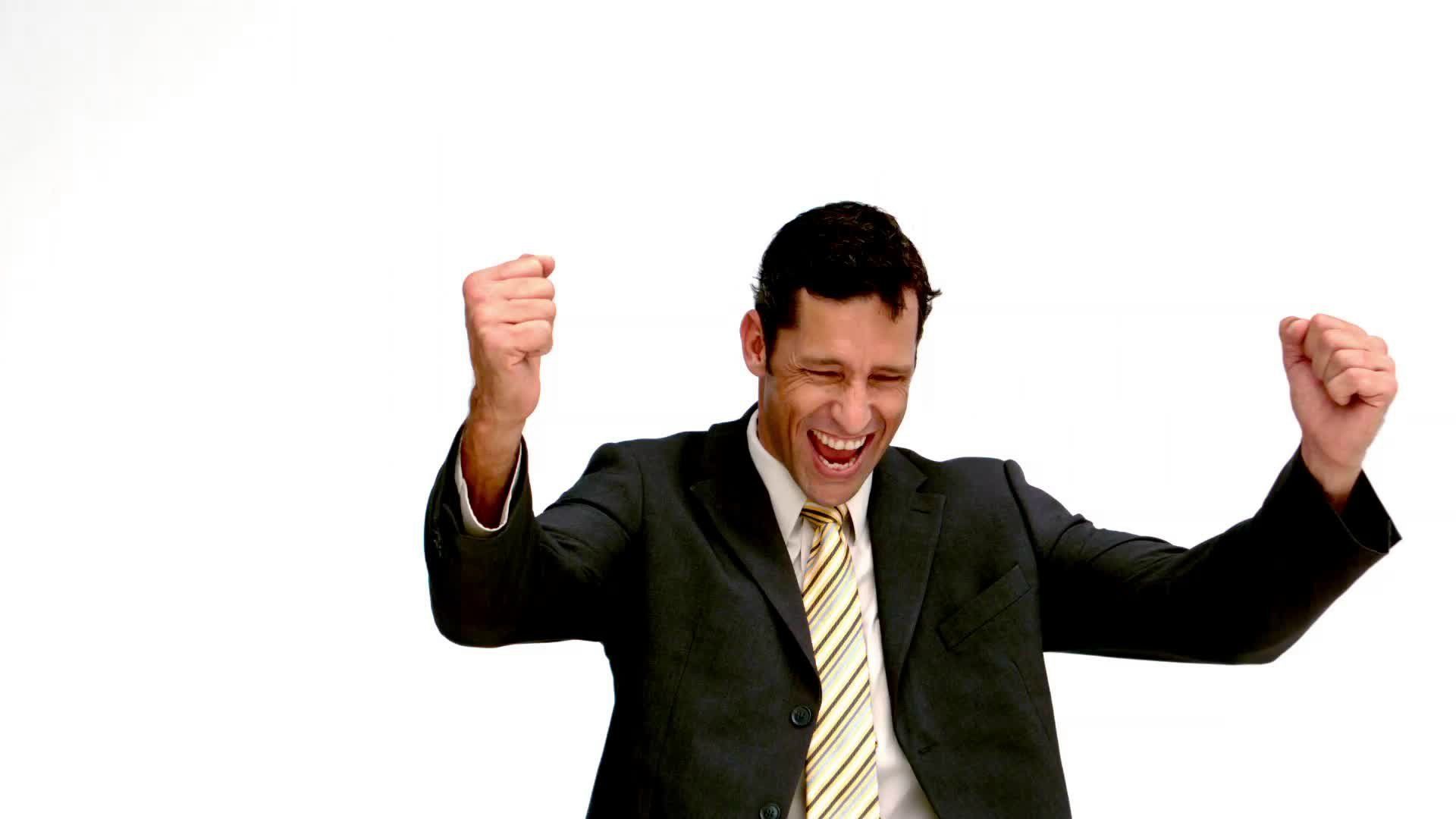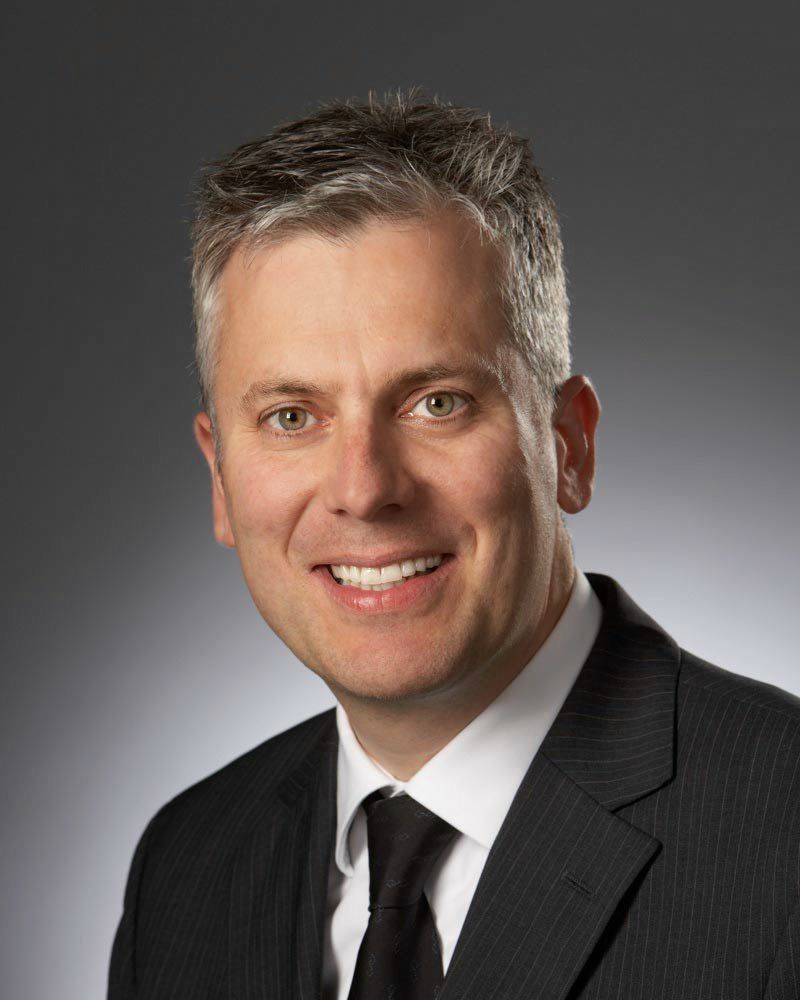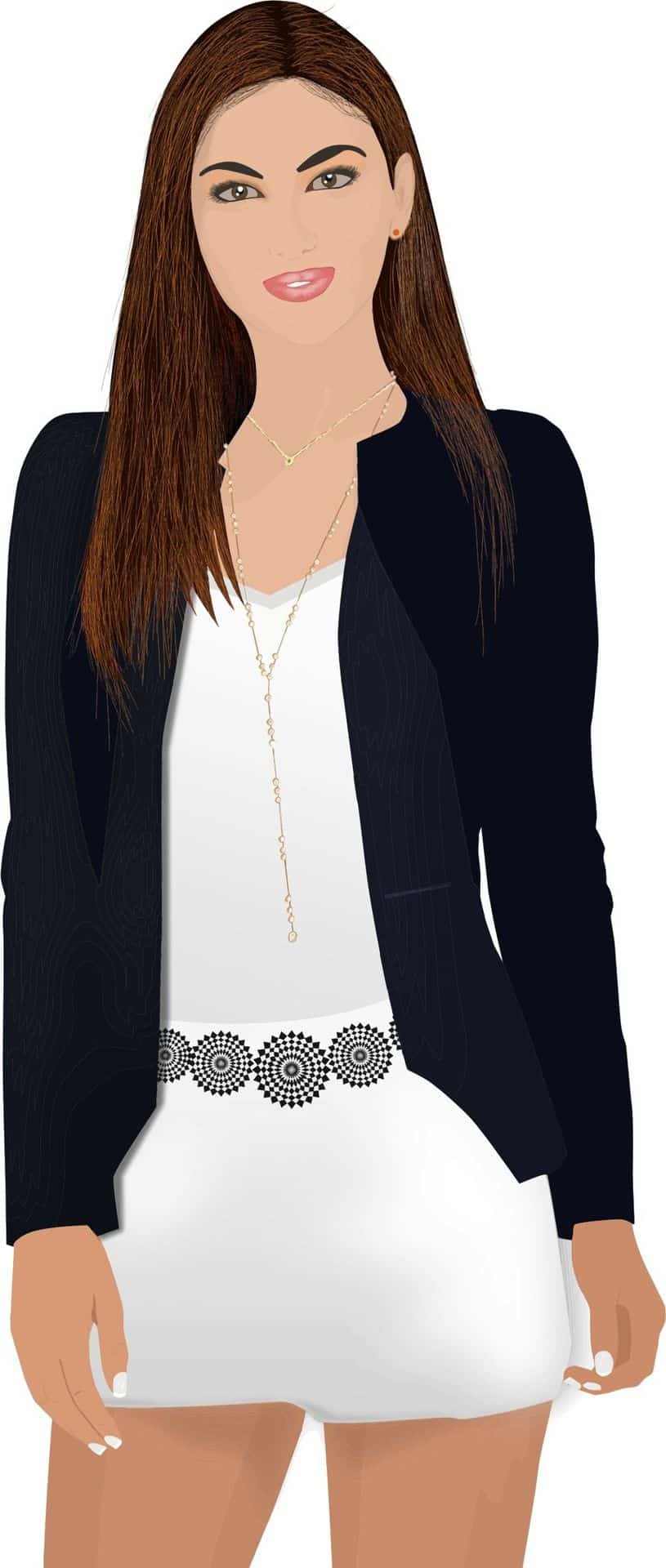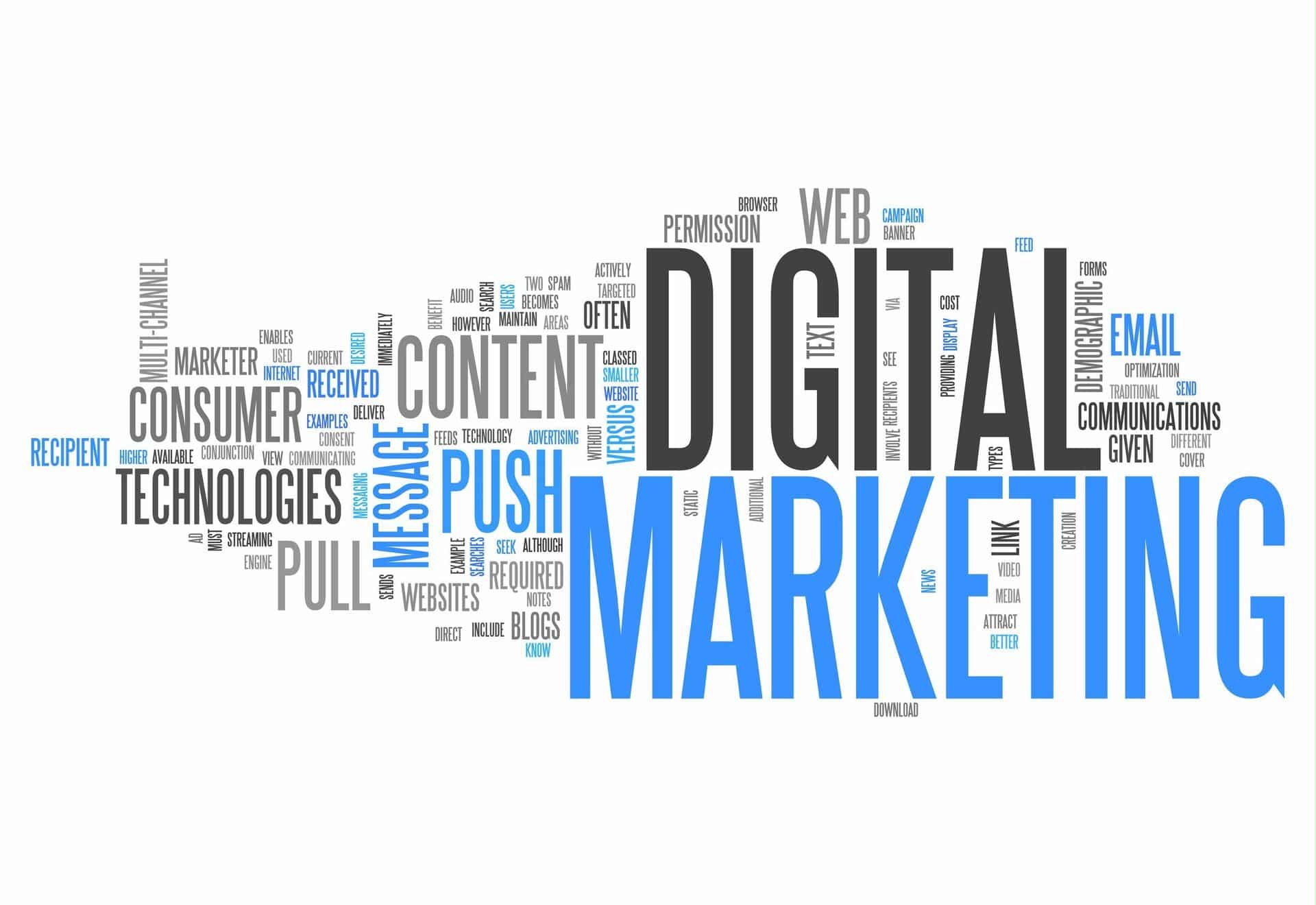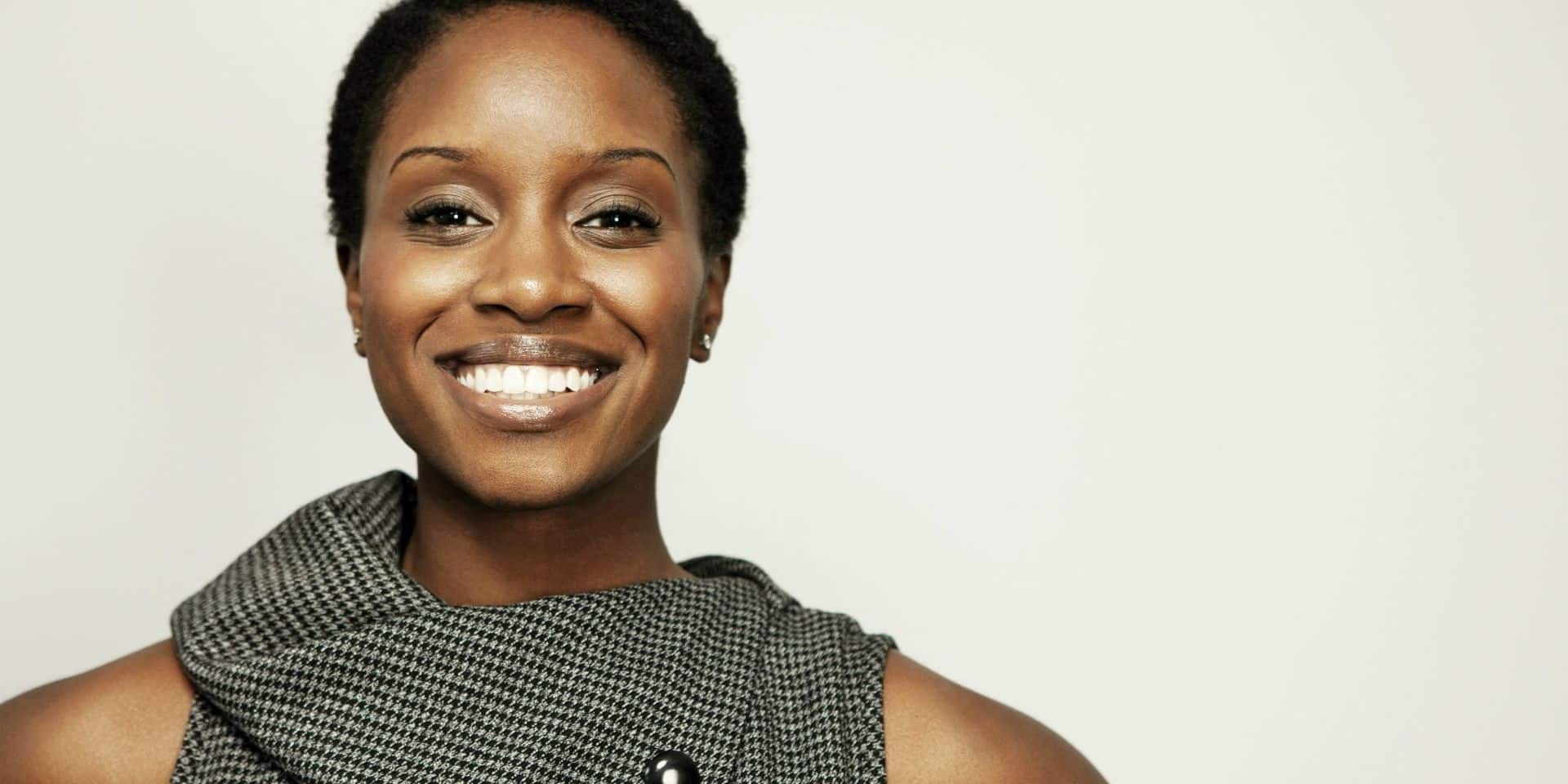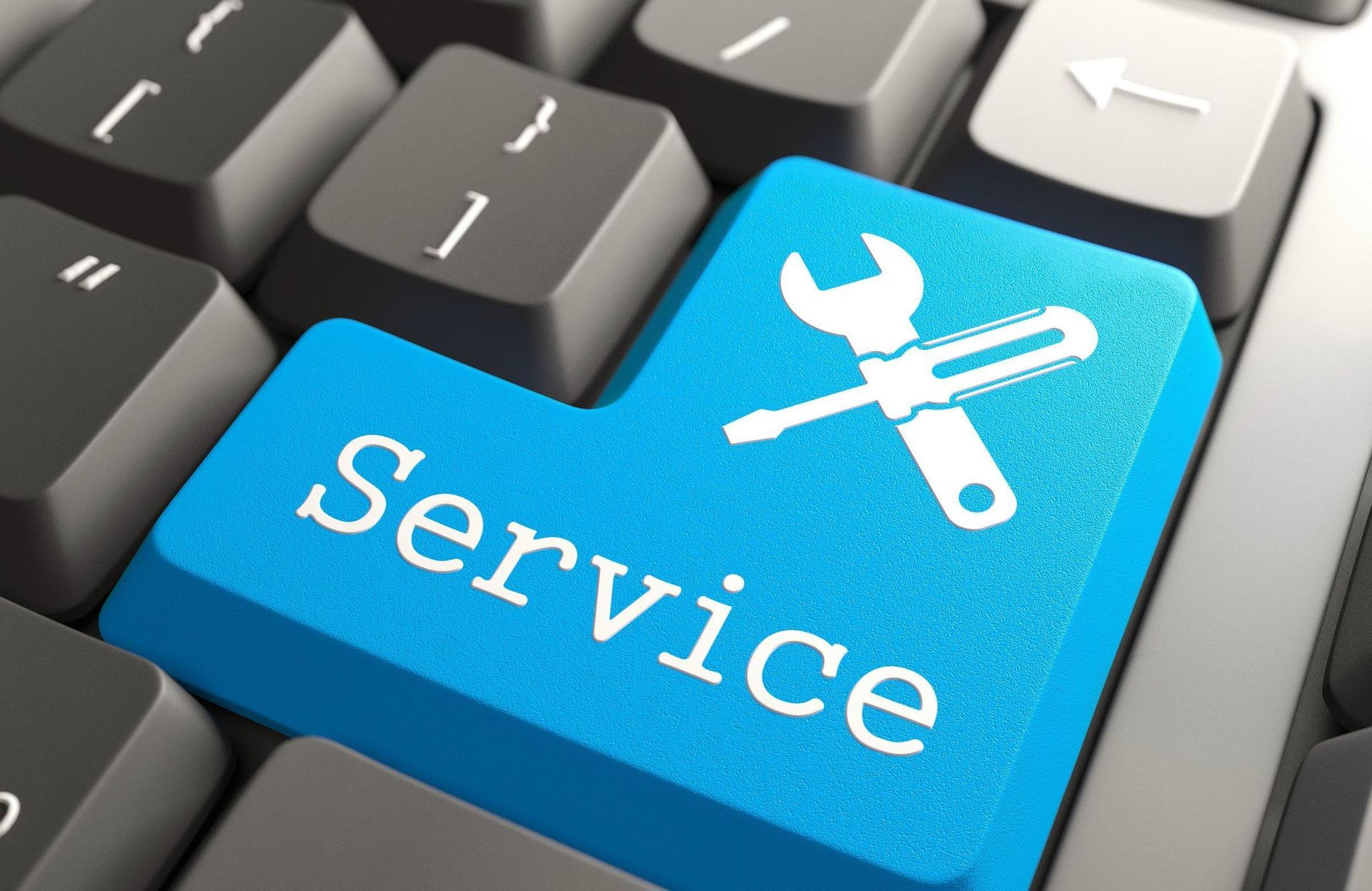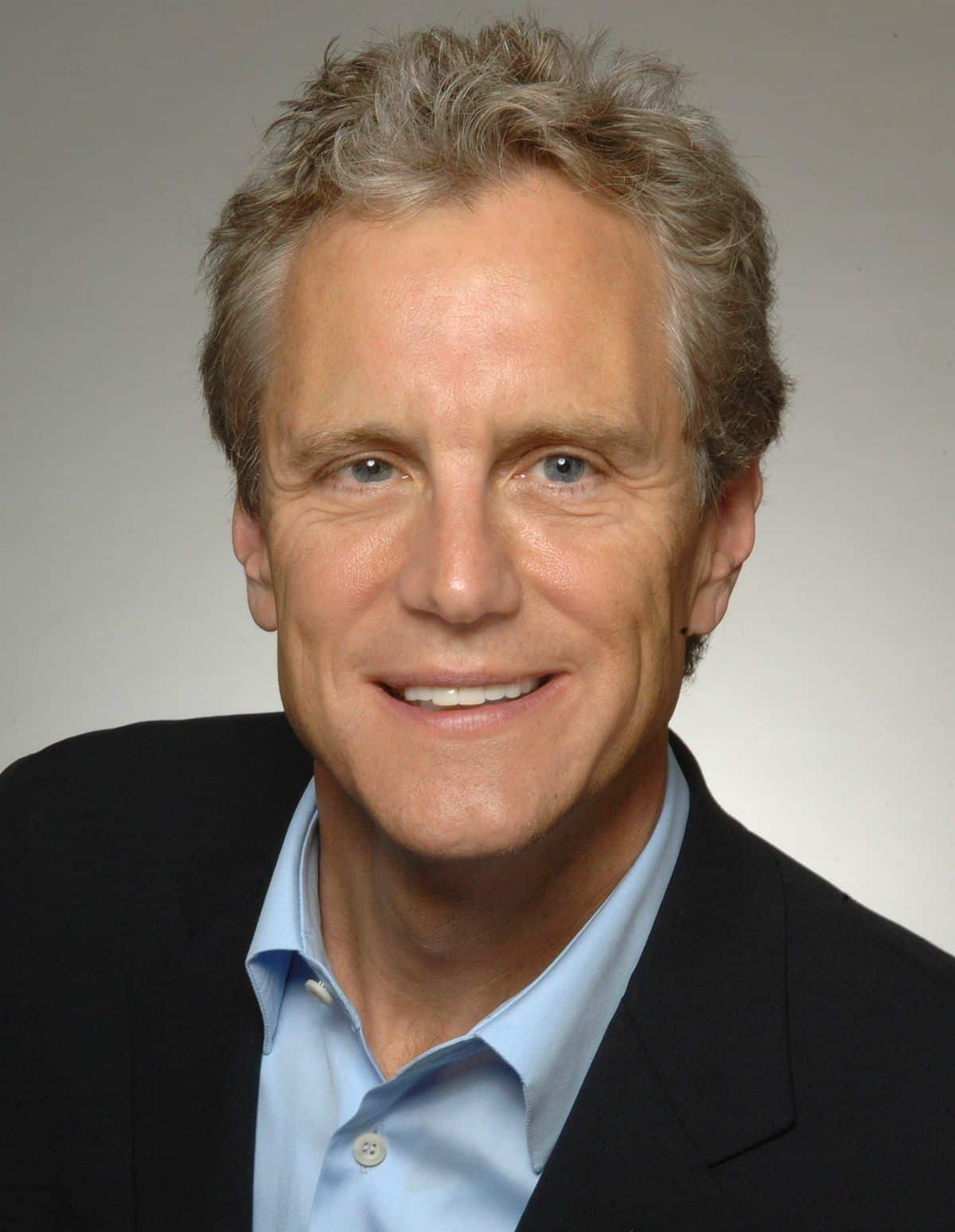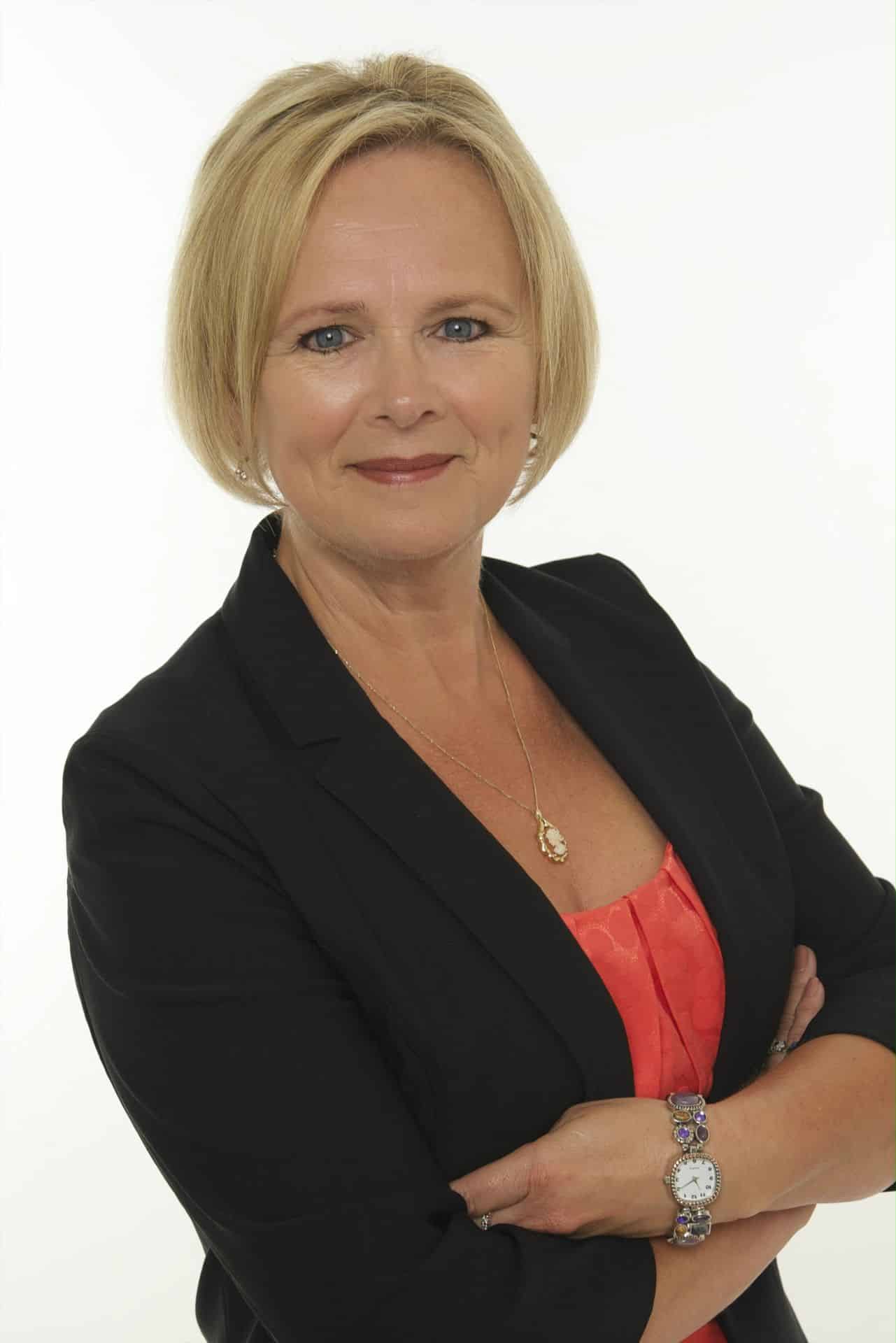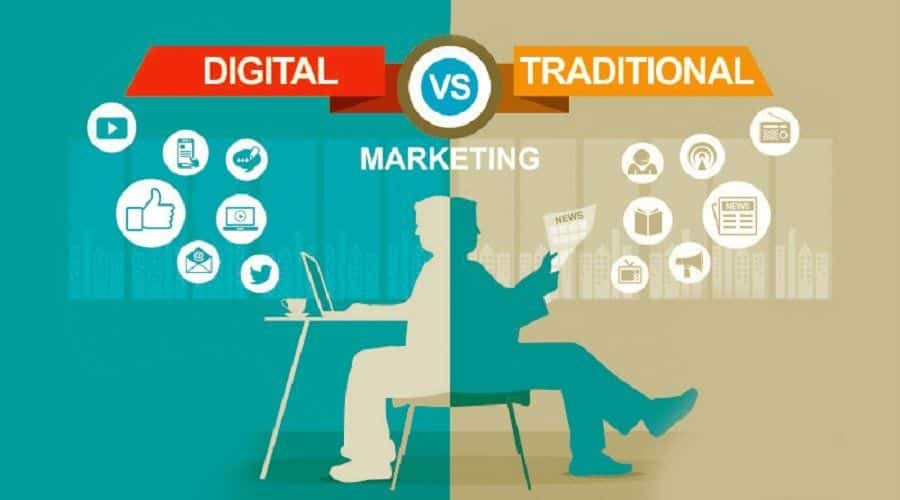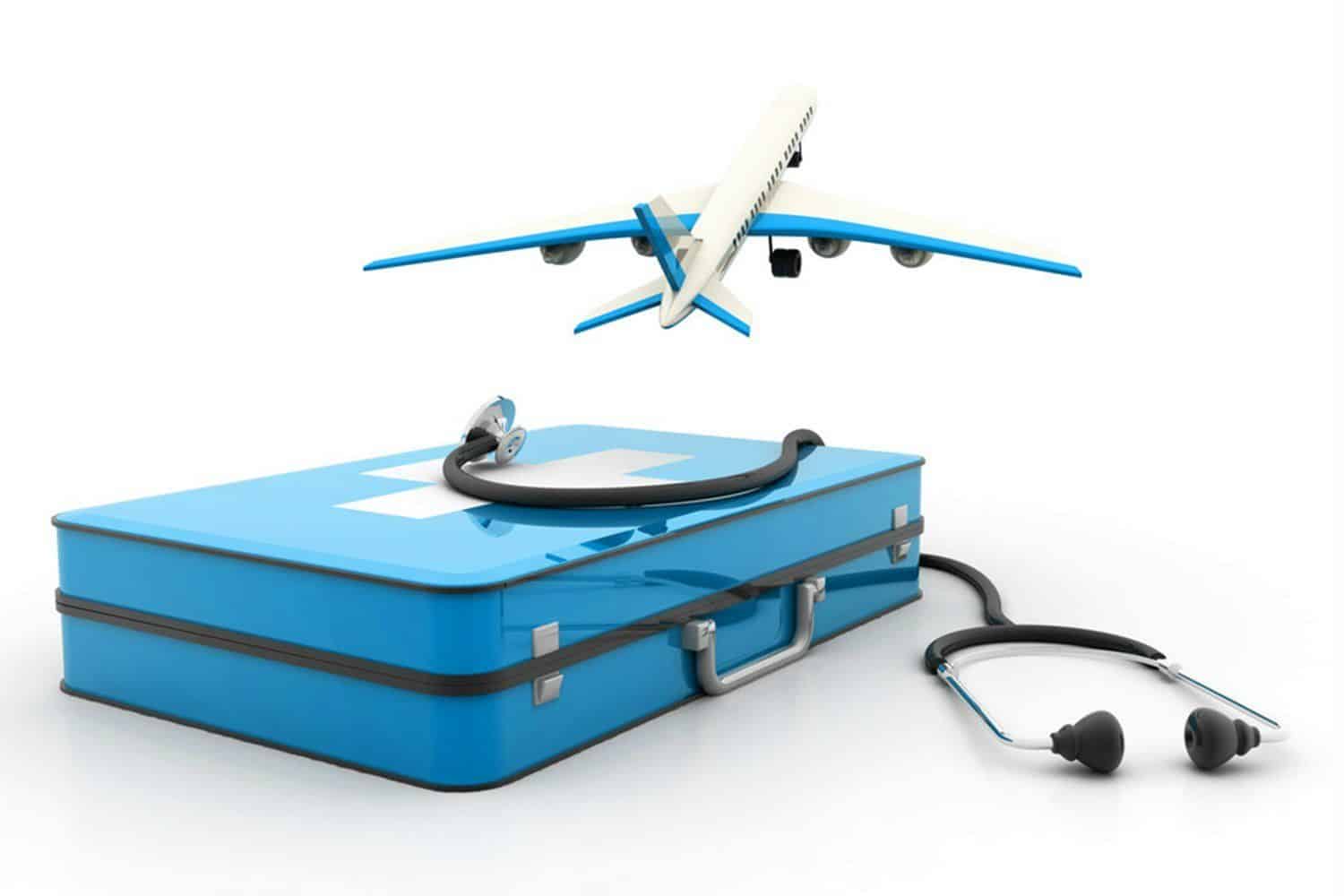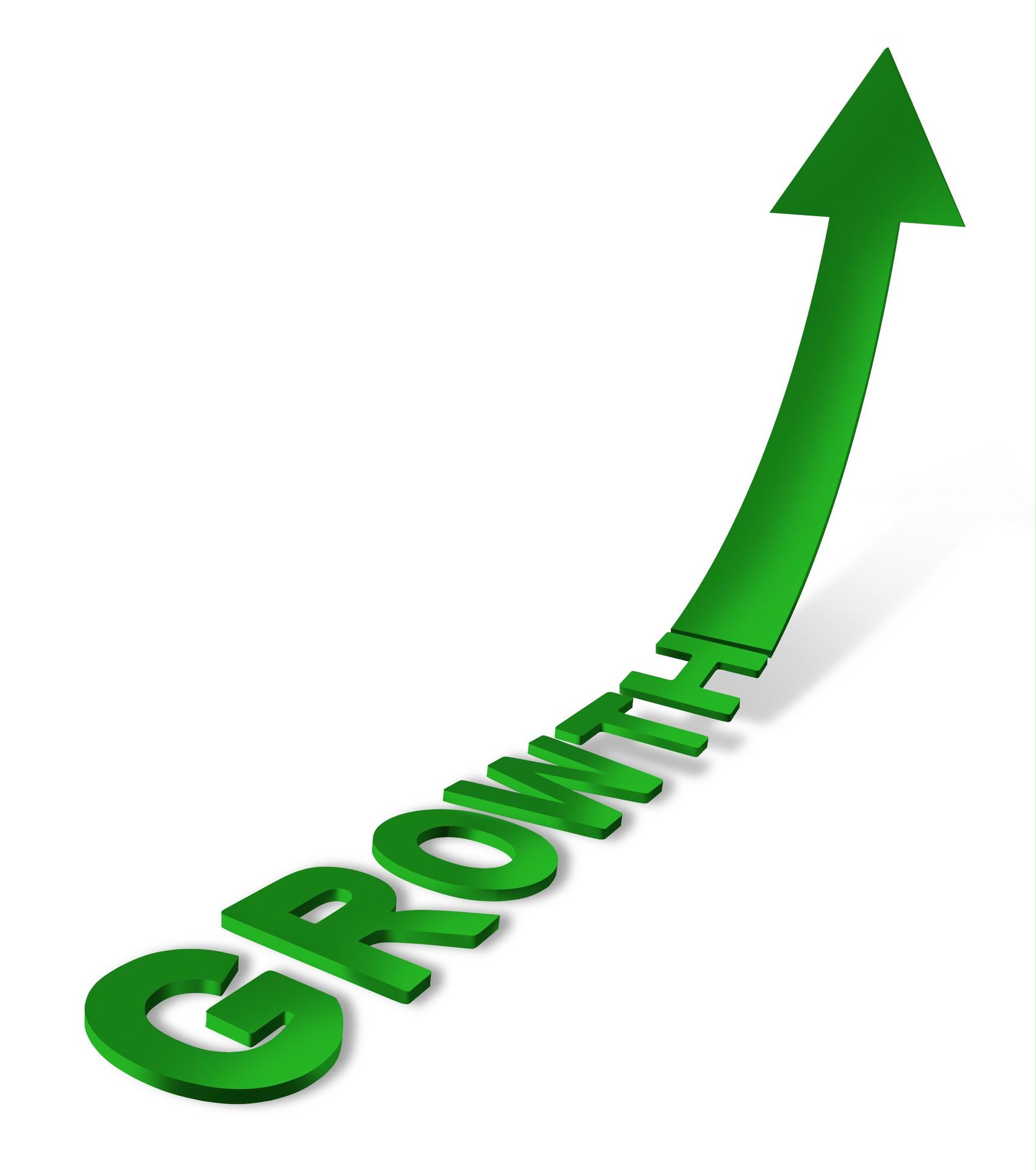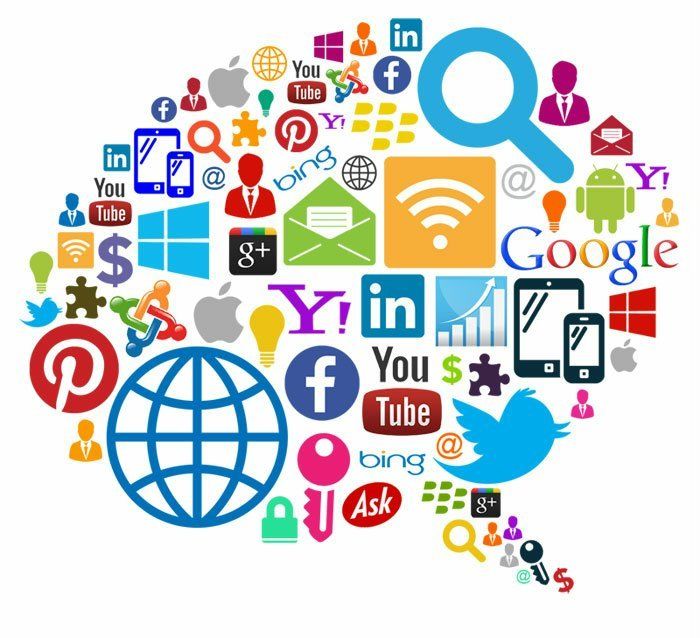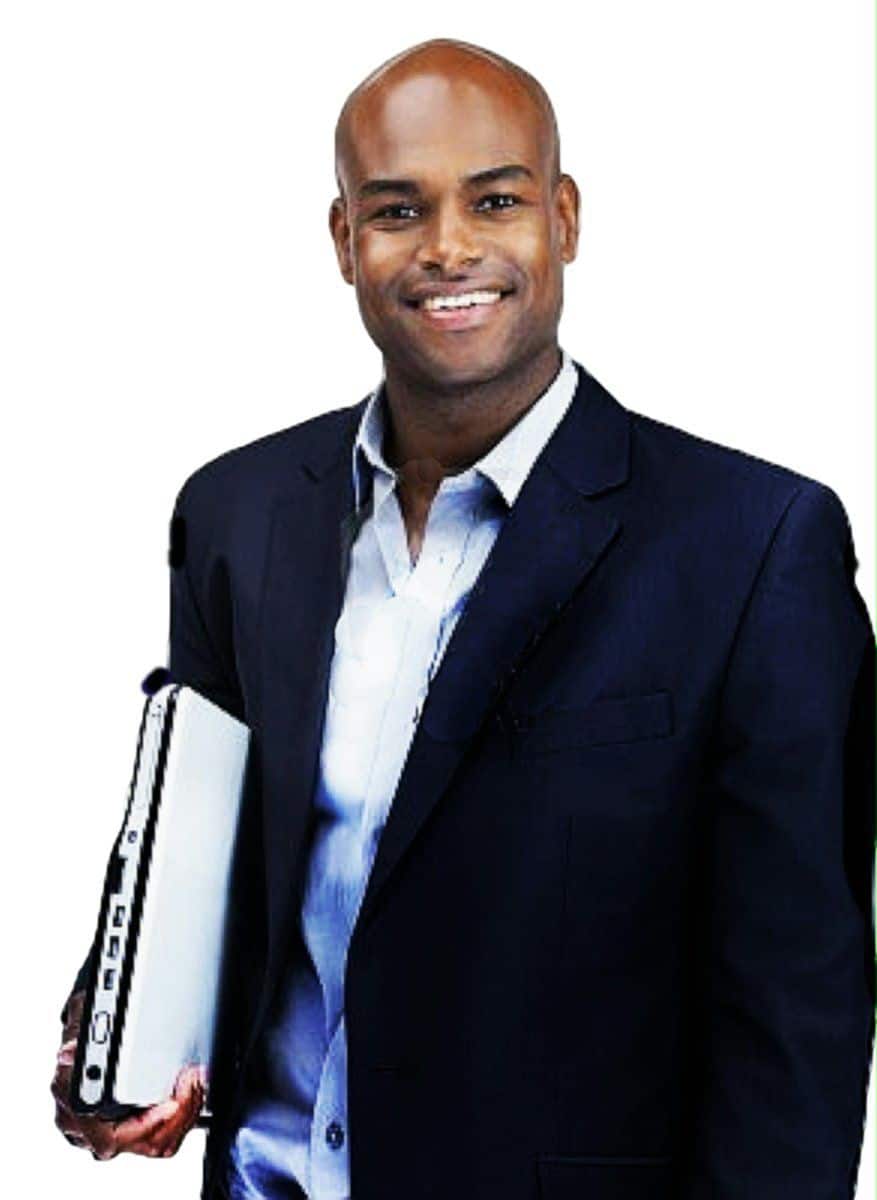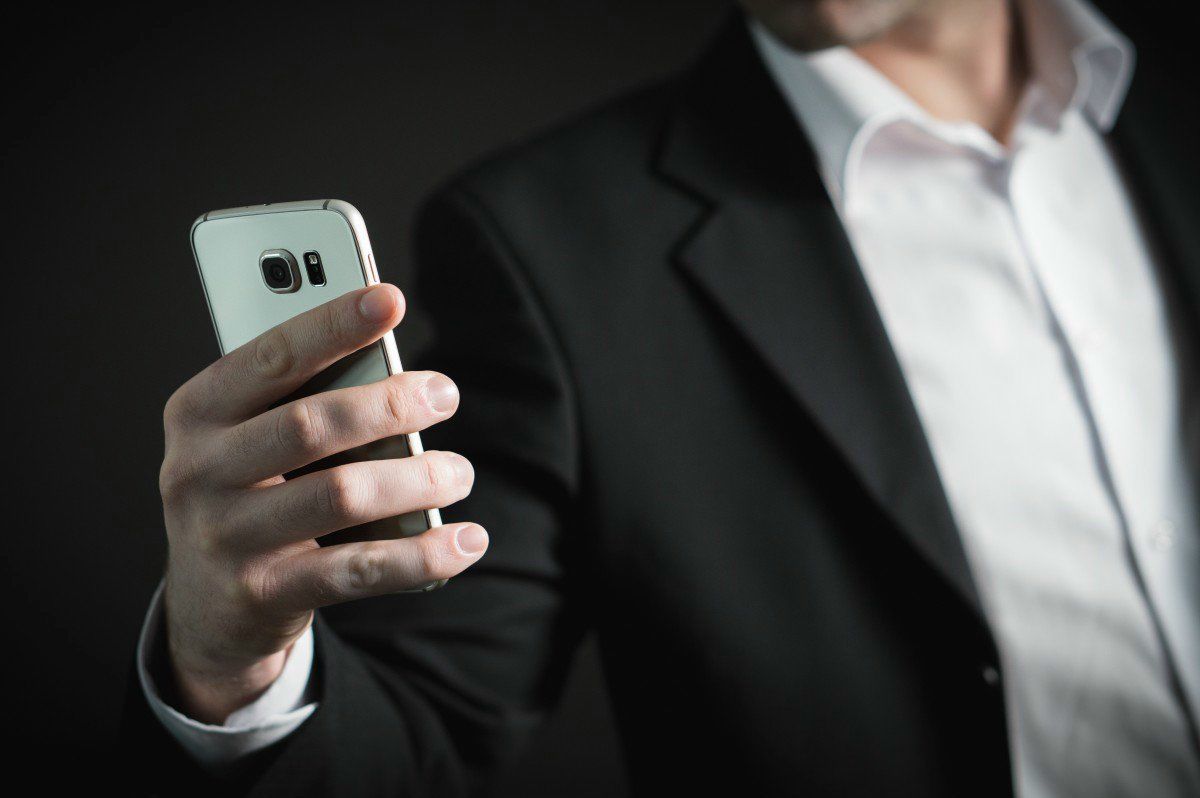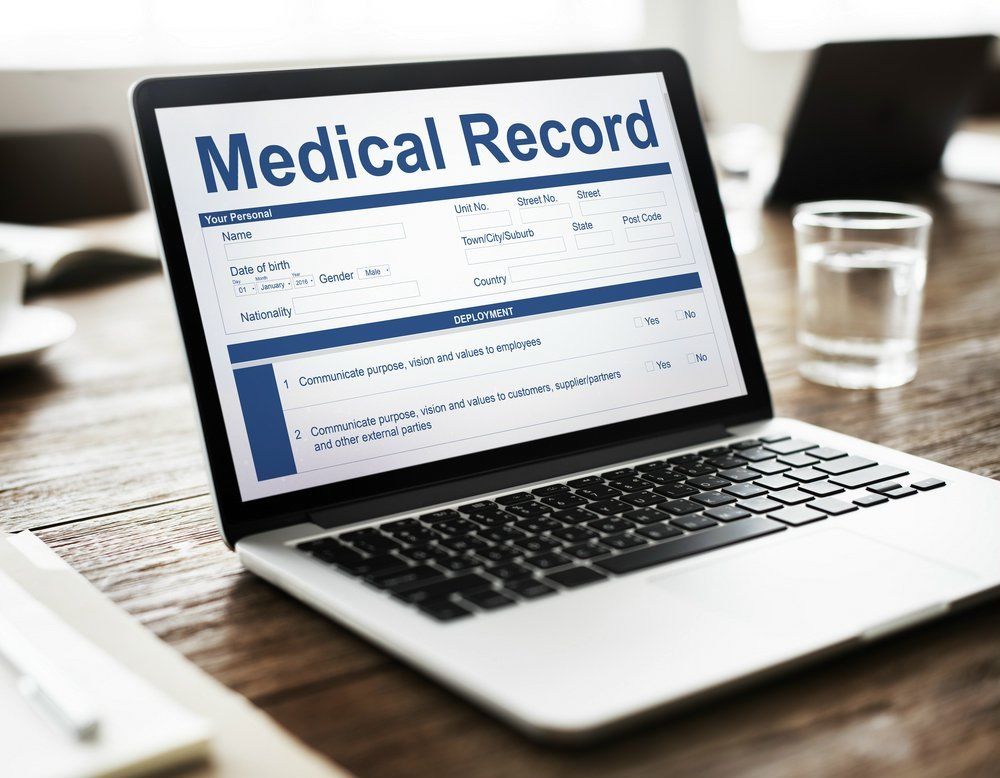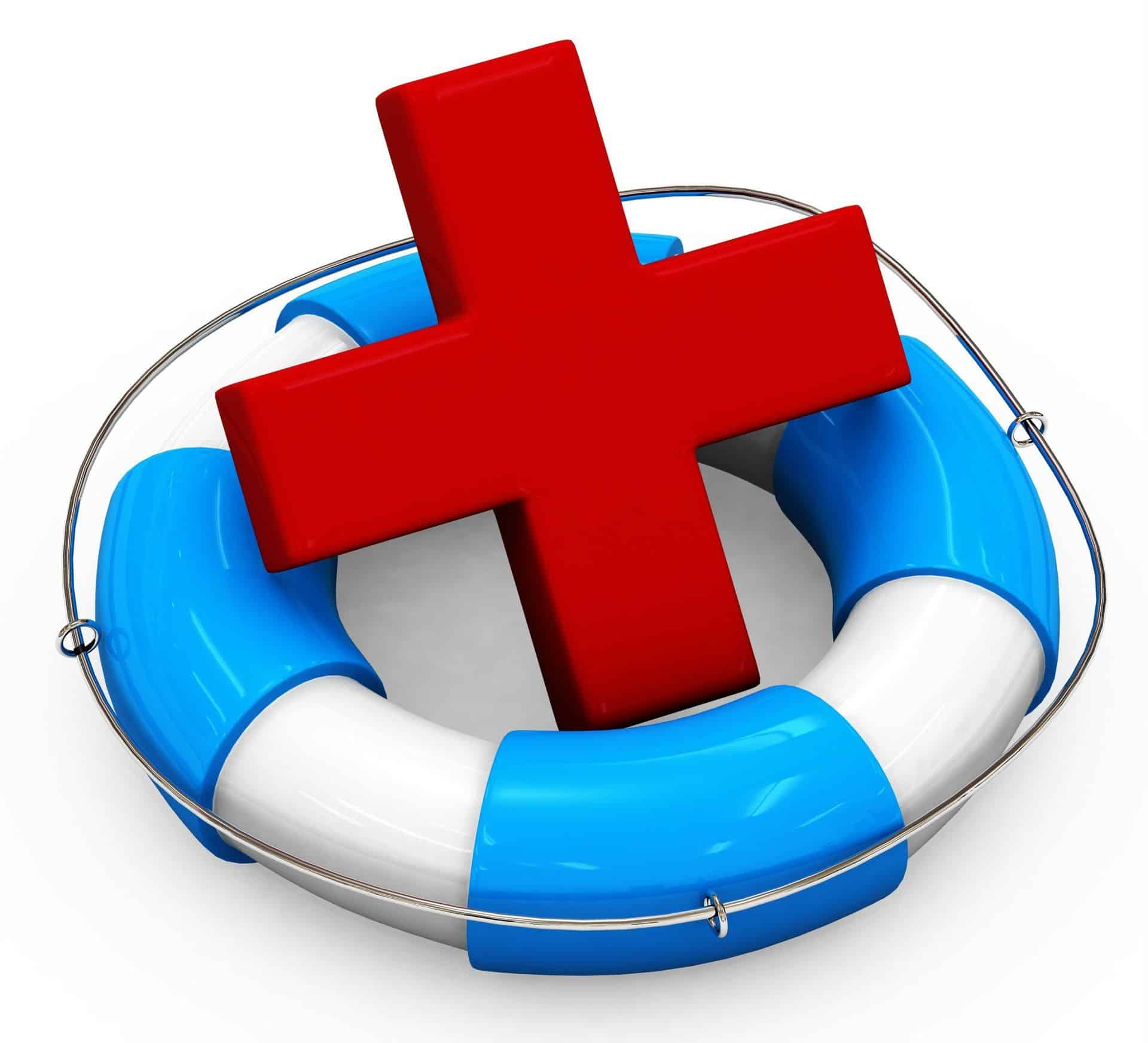It starts again, doesn’t it? That familiar thrum behind your eyes, the dry taste of panic. You’re staring at the screen, a digital mosaic of medical terror. Seventeen browser tabs open, maybe even nineteen if you count the incognito ones you thought might yield some forbidden, clearer truth. One tab flashes a symptom checker, a flowchart of doom that seems to point to everything and nothing. Five others are Reddit threads, desperate pleas from strangers who’ve photographed their own mysterious afflictions, each reply a cascade of conflicting advice. The remaining nine tabs? A grim gallery of medical images: rashes, sores, bumps, lesions. You scroll, you zoom, you squint, trying to map the subtle curves and shades of your own worry onto a digital facsimile of someone else’s suffering.
This isn’t empowering. It’s psychological torture. Everyone, myself included, has been fed this lie that “more information” is the golden key to understanding. That simply having access to data makes you informed, makes you powerful. But when it comes to the terrifying, ambiguous landscape of your own body, particularly when something unsettling emerges, this unfiltered digital deluge doesn’t empower; it paralyzes. You started this journey because you felt a slight discomfort, a whisper of a worry. Now, after an hour, or maybe two hours and forty-nine minutes down this rabbit hole, that whisper has become a scream. Is this sore herpes or syphilis or an ingrown hair? The pictures online all look the same. They all look benign, and they all look like the end of the world, simultaneously. It’s a cruel paradox, isn’t it? You feel simultaneously more informed and more terrified than when you started, precisely because the information isn’t knowledge. It’s just noise, a high-speed engine of anxiety that actively sabotages the slow, human process of real diagnosis.
The Illusion of Control
I remember Jax N.S., a body language coach I worked with, telling me once about the subtle cues we miss in digital communication. He specialized in reading the minute shifts in posture, the fleeting micro-expressions that tell a story far deeper than words. He’d always say, “The screen flattens everything. It removes the context, the history, the lived experience.” He was talking about business deals, about negotiation, but it applies so directly here. We’re asking our screens to perform an act of highly nuanced, deeply personal interpretation, one that requires a lifetime of training and intuition, something even the most advanced AI can barely grasp. We treat these image searches like we treat reading terms and conditions – a quick scroll, a nod, “I understand,” when in reality, we’ve barely skimmed the surface of something incredibly complex, something that will have profound consequences. Jax confessed once that even he, with all his training in observation, spent nearly a week convinced he had a rare autoimmune disorder after a particularly aggressive Google session about a persistent rash on his arm. It was just dry skin, a reaction to a new laundry detergent, a simple thing that presented in a hundred and ninety-nine terrifying ways online. He had the expertise to decipher human non-verbal cues, yet he was still vulnerable to the same digital pitfalls we all fall into.
This illustrates a dangerous illusion of control, doesn’t it? We crave certainty, and our devices promise an endless supply of “answers.” We believe that because we can type a symptom into a search bar, we’re somehow taking control of our health. But what we’re really doing is outsourcing our fear to an algorithm that has no capacity for empathy, no context for our unique physiology, and no responsibility for the mental distress it inflicts. It’s a digital hypochondria machine, running on the fuel of our deepest anxieties. We’ve replaced the quiet, thoughtful process of a human doctor observing, questioning, and then forming an educated differential diagnosis, with a frantic, isolated spiral through unfiltered anecdotes and graphic images. It’s fast, it’s convenient, and it feels proactive, but it’s actively eroding our trust in the very process designed to help us. We confuse data access with actual knowledge, which is like mistaking a dictionary for a medical degree. The sheer volume of data, the accessibility of it all, becomes a barrier rather than a bridge to understanding.
The Search for Clarity, Not More Noise
Consider the sheer terror that grips you when you spot an unidentifiable sore. The internet becomes a funhouse mirror, distorting your perception, making every benign blemish look like a serious infection. One minute you’re wondering if it’s an allergic reaction, the next you’re convinced you’re facing a life-altering diagnosis, all because a blurry image on page three of a search result bears a superficial resemblance to your own experience. The critical distinction, the nuance, the trained eye that can differentiate between a common irritation and something requiring urgent attention – none of that exists in the flat, two-dimensional world of symptom photo galleries. The algorithms simply match pixels; they don’t diagnose. And this is where the dangerous gap lies, a void of uncertainty that swallows peace of mind whole. What you need isn’t more ambiguous information, but clarity. What you need is a definitive, clinical-grade answer that cuts through the noise and provides genuine peace of mind, not just another ninety-nine possibilities to cycle through. Knowing whether that worry is just a common skin irritation or something more serious, like a specific STI, is a powerful relief. This is why having access to accurate, reliable testing becomes not just a medical necessity, but a psychological reprieve. For those agonizing over ambiguous symptoms, especially when dealing with the possibility of sexually transmitted infections, getting a precise diagnosis is paramount. A clear path forward, like a proper Herpes and genital ulcer test, provides the definitive answer needed to move past the endless digital guessing game.
99 Problems
1 Clarity
My own mistake, one I readily admit, was thinking I could diagnose my persistent fatigue by downloading every sleep tracking app available. I had a ninety-nine-dollar smart ring, a specialized pillow, and an app that promised to map my REM cycles. All of them gave me data points, graphs, and scores ending in the low seventies or high sixties-never quite reaching the idyllic eighty-nine I somehow imagined was peak human performance. But not a single one of them told me *why* I was tired. It wasn’t until a friend, a nurse, looked at my blood test results and simply said, “Your iron is low,” that the digital fog lifted. My phone knew my symptoms-it recorded my restless nights, my low energy mornings-but it had no idea what was wrong with me. It just reflected my reality back at me, a highly accurate mirror showing my suffering, but offering no explanation, no solution. It’s like meticulously tracking the movements of a chess game without understanding the rules or the strategy behind any move. You have all the information, but no comprehension.
The Misdirection of Self-Diagnosis
The modern approach to health, driven by immediate access to information, often misses the crucial distinction between correlation and causation, between data points and genuine understanding. We’re taught to be our own advocates, to question, to research. And these are valuable principles, absolutely. But there’s a critical point where advocacy crosses into amateur pathology, where intelligent inquiry morphs into a self-perpetuating cycle of fear. This isn’t a criticism of self-awareness; it’s an observation of how the tools we use can warp that awareness into something self-destructive.
We believe we’re taking charge by becoming instant experts, but often we’re simply amplifying our anxieties through a megaphone of misinformation and fear. The internet is a magnificent library, but without a librarian, without a trained mind to guide you through its vast, sometimes misleading archives, it becomes a labyrinth. You don’t need more data; you need discernment. You don’t need a bigger pile of puzzle pieces; you need someone who knows how the whole picture is supposed to look. The cost of this self-diagnosis isn’t just the mental anguish; it’s the delayed action, the misdirected self-treatment, or worse, the dismissal of serious symptoms because you convinced yourself it was “just an ingrown hair” when it was something far more insidious, lurking beneath the surface.
This isn’t to say we should remain ignorant, far from it. It’s about recognizing the limitations of our tools and our own untrained interpretations. It’s about understanding that the act of diagnosis is a complex cognitive process, honed over years of education and practice, filled with subtle inferences and the wisdom of experience. It’s about acknowledging that sometimes, the most empowering action isn’t to scroll for another ninety-nine minutes, but to seek out a genuine, qualified assessment.
The Limits of the Algorithm
Think about how many times you’ve heard someone say, “I just Googled it,” as if that were the equivalent of a medical consultation. Or the dismissive, “Oh, it’s probably fine, the internet said it could be nothing.” There’s a subtle but significant contradiction here: we criticize medical professionals for being too slow, too traditional, yet we put our absolute trust in the fastest, most disembodied source of information imaginable. We want speed and definitive answers, but the truth is, real diagnosis takes time, requires context, and often involves human interaction that goes beyond a series of clicks and swipes. The very nature of a medical professional involves not just knowledge, but the ability to synthesize, to ask the right questions, to interpret the subtle non-verbal cues that Jax N.S. was so good at identifying. A phone, for all its power, cannot do that. It cannot look into your eyes and gauge the true depth of your concern, nor can it observe the subtle physiological responses that signal a more serious underlying issue. It’s just a screen, reflecting back whatever it’s fed.
Just a Screen
The real problem isn’t the information itself; it’s our untrained consumption of it. It’s the absence of a filter, a human filter, to sort the signal from the noise. We live in an age where information is abundant, but wisdom is scarce. And when it comes to our health, confusing the two can be detrimental, leading us down a path of heightened anxiety and delayed care. The profound irony is that in our quest for control, for immediate answers, we surrender ourselves to a system that breeds only more questions and deeper uncertainties, leaving us vulnerable and alone in our fear. The promise was empowerment. The reality, for many, is a silent scream in the echo chamber of their own digital medical crisis.
Choosing Clarity Over Chaos
This deep dive into our collective anxiety over self-diagnosis through our phones isn’t about shaming anyone. It’s about holding up a mirror to a shared experience. We’ve all been there, frantically searching, convinced that the answer is just one more tab away. But the true answer, the one that actually brings peace and clarity, rarely resides in a search engine. It lies in validated, clinical assessment. It lies in turning off the screen, taking a deep breath, and seeking the expertise that the digital world, for all its wonders, simply cannot replicate. The next time that familiar thrum of anxiety starts, maybe, just maybe, resist the urge to open those seventeen or nineteen tabs.
Endless Uncertainty
Peace of Mind
Choose clarity over chaos.
Choose an actual answer over a hundred vague possibilities. It might just be the most empowering choice you make.















































